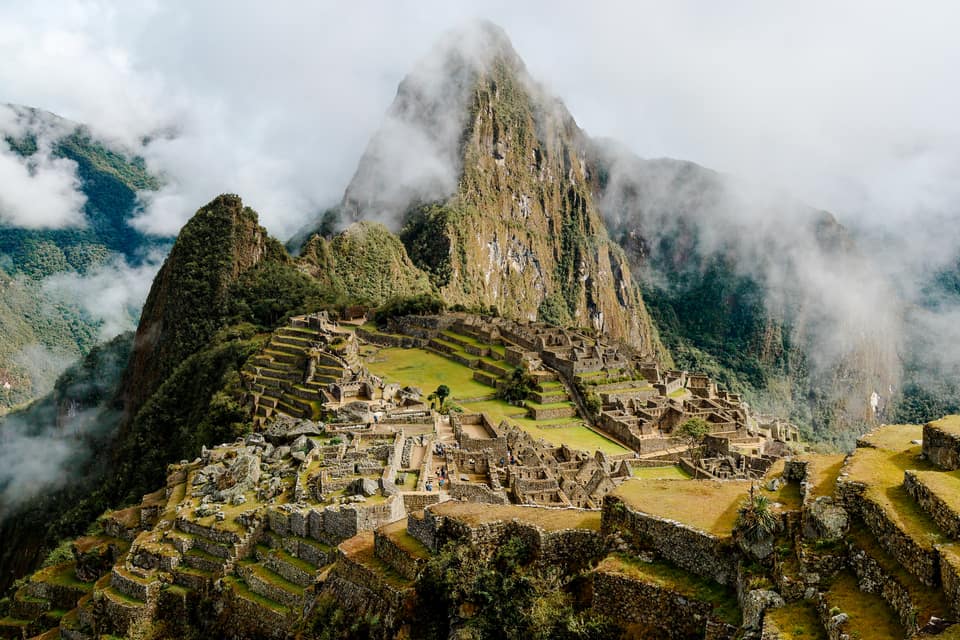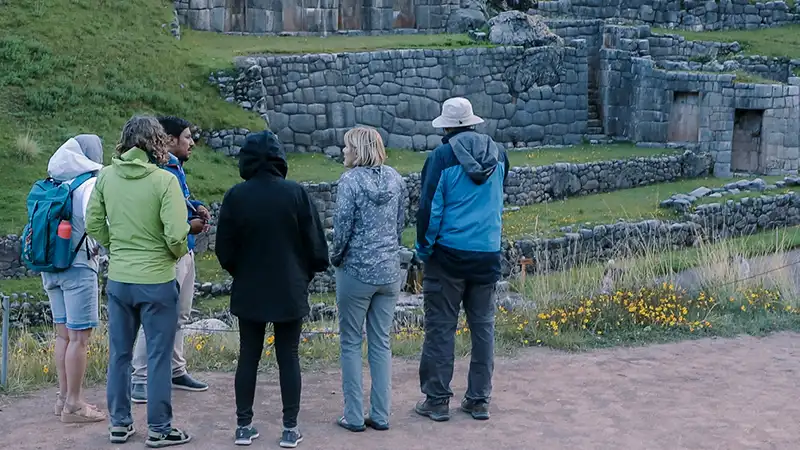The Great Inca Empire or Tawantinsuyu
The Incas were the largest empire in pre-Columbian America. It originated in the Andean region of South America and lasted from around 1438 to 1533. The empire was centered in what is now modern-day Peru, and its territory extended throughout parts of present-day Ecuador, Bolivia, Argentina, Chile, and Colombia.

The Inca civilization was highly developed, with advanced agricultural techniques, impressive architecture, and a complex social structure. The empire was governed by an absolute ruler known as the Sapa Inca, who was considered to be both a political leader and a divine figure. The administrative, political, and military center of the Inca Empire was the city of Cusco.
The Inca Empire was divided into four provinces, or suyus, which were further divided into smaller administrative units. The Inca Empire was notable for its extensive road system, which spanned over 25,000 miles and facilitated trade, communication, and troop movement throughout the empire.
The Incas had no written language, but they developed a unique system of record-keeping called quipu, which consisted of colored strings and knots that represented numerical and categorical information. Their religion was polytheistic, with a focus on the worship of the sun god, Inti.
The decline and eventual collapse of the Inca Empire began with internal strife, including a civil war between two royal brothers, Atahualpa and Huascar. The arrival of the Spanish conquistadors led by Francisco Pizarro in the early 16th century further weakened the empire. The Spanish conquest brought disease, military defeat, and the eventual capture and execution of Atahualpa in 1533, marking the end of the Inca Empire.
Although the Inca Empire was relatively short-lived, it left an enduring legacy through its monumental architectural achievements, such as Machu Picchu and the city of Cusco, as well as its influence on the culture and history of South America.
The great Inca Emperors
The Inca emperors, known as Sapa Inca, were the rulers of the Inca Empire. They were considered both political and religious leaders, and were believed to be direct descendants of the sun god, Inti. Some of the most notable Inca emperors include:
Manco Cápac (circa 1200 AD)
According to Inca mythology, he was the founder of the Inca dynasty. Manco Cápac and his sister-wife, Mama Ocllo, are said to have emerged from Lake Titicaca and were instructed by the sun god Inti to create the Inca civilization.
Pachacuti Inca Yupanqui (reigned 1438-1471)
Pachacuti is considered the most important Inca emperor, as he transformed the Kingdom of Cusco into the vast Inca Empire. He is credited with introducing major reforms in administration, military organization, and religious practices. Pachacuti is also responsible for the construction of the famous citadel of Machu Picchu.
Topa Inca Yupanqui (reigned 1471-1493)
The son of Pachacuti, Topa Inca continued the expansion of the Inca Empire, incorporating regions such as modern-day Ecuador and parts of present-day Chile. He is also known for his contributions to the empire's infrastructure, including the development of the extensive road system.
Huayna Capac (reigned 1493-1527)
Under Huayna Capac's rule, the Inca Empire reached its greatest territorial extent, stretching from modern-day Colombia to Chile. He was a capable administrator and military leader, but his death from what is believed to have been a European disease led to a succession crisis and civil war between his sons.
Atahualpa (reigned 1532-1533)
Atahualpa was the last sovereign emperor of the Inca Empire. He emerged victorious in the civil war against his brother Huascar, only to face the Spanish conquistadors led by Francisco Pizarro. Atahualpa was captured by the Spanish and executed in 1533, marking the end of the Inca Empire.
These emperors played a significant role in shaping the history of the Inca Empire, with their leadership, military conquests, and administrative reforms, creating a legacy that still endures in the culture and history of South America.


